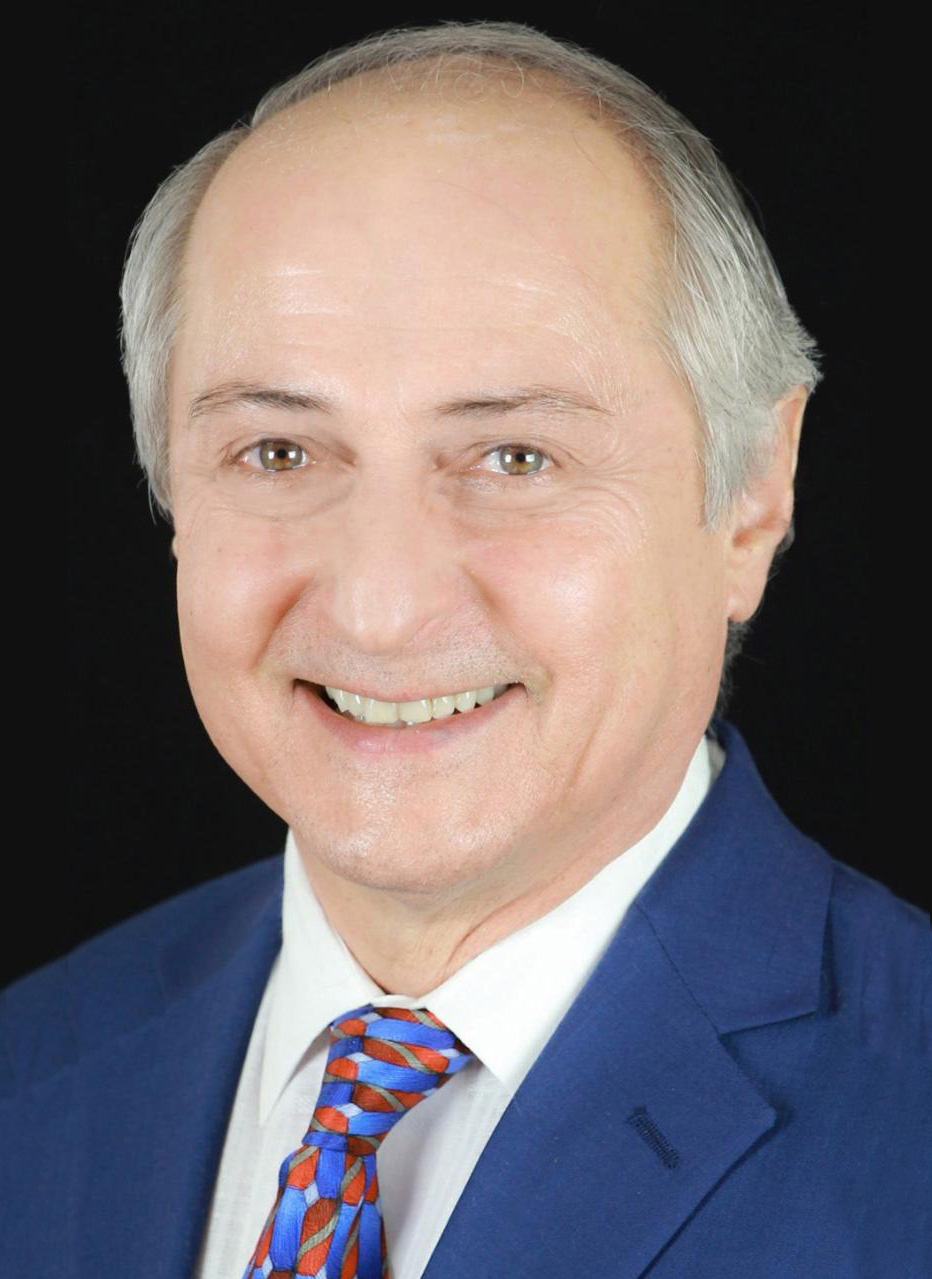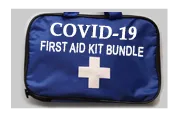By William M. Maykel, DC, DIBAK
Presented at the International College of Applied Kinesiology-USA
Annual Meeting, Summer, 1992, p. 194
Abstract: The identification and correction of thoracic intervertebral disc and facet imbrication problems is discussed.
Just like the middle child, the thoracic spine is caught in the unenviable position of being stuck in the middle. Applied Kinesiology challenge allows the astute practitioner mastery over this key area to sympathetic nervous system function. Many pain syndromes not readily approachable by other methodologies may be assessed and treated with precision. The thoracic intervertebral discs and facet joints are probably two of the greatest overlooked areas in the entire spine.
The thoracic intervertebral discs may be challenged with a direct compressive challenge using a spinous-lamina contact. They should be challenged in the following positions as they seem to relate to the severity of injury and amount of treatment necessary to remedy the situation.
- Non-weight bearing – patient is prone – represents greatest potential damage and thus the greatest amount of therapeutic intervention.
- Weight-bearing – patient sits or stands.
- Torque – patient sits and twists or stands in a gait position.
- Flexion – patient bends forward.
- Flexion Torque – patient bends forward and turns or assumes gait pose.
- Flexion Torque with left brain activity – same as above with left brain activity.
This progression is one that you may count on. If you correctly direct your therapy the patient will progress though these stages of healing. You may judge a re-aggravation quite readily once you have worked with this system a short while. This progression itself is based on compressive discal and meningeal forces and is apparent in the other spinal areas as well. I have no idea of why the left brain activity is the last component to clear. This system allows for a great doctor-patient communication tool to evaluate treatment efficacy and progress.
Once a thoracic intervertebral disc problem has been identified, treatment can ensue. Usually the pelvis and feet have been balanced and spinal rotations and anteriorities have been reduced. Hypertonicity in the surrounding erector spinae muscles should be removed with spray and stretch and/or spindle techniques. You are now ready to have the patient bring their head and arms over the edge of the treatment table. Have then cross the table so that they are perpendicular to the long axis of the table. The weight of the upper torso and head aids in the distraction process. You may need an assistant to hold their legs so they don’t fall. You contact the appropriate spinous-lamina contact and respiratorally traction the segments three to four times each, applying force on the inspiration phase of respiration.
Interferential current through the involved segments is done next. The patient is educated in terms of correct posture and corrective exercises. For exercise we ask that the patient stand and bend into flexion while inhaling. Then they laterally bend to one side, being careful not to flex their knees. The arm opposing the side to which they are lateral bending is elevated straight cephaled as high as possible. This action ensures maximum motion in the thoracic intervertebral discs. Once again the patient inhales while laterally flexing. This is done next to the opposite side. The patient has now done one repetition. We recommend two to three sets of ten repetitions a day.
Before you evaluate the thoracic facets make sure you have cleared their spine of rotations and anteriorities. Do not forget to challenge and clear the ribs themselves. Usually the last 5 ribs move infero-laterally with respect to the costo-vertebral joints. The first five ribs will move superolaterally and jam medially at the anterior. Any combination is obviously possible if trauma is superimposed upon a torque spine. Just don’t forget to reduce the sterno-costal articulations anteriorly as well. They are usually opposite the costo-vertebral joints.
Evaluation of the thoracic facet joints for imbrication may now be done. Have the patient seated with legs out straight towards the end of your table. Ask the patient to rotate and extend their head and thoracic spine to the side you are checking. For instance, if you suspect a problem in the left T3–5 facets, have them look over their left shoulder while extending their upper back. You challenge the lamina in this area while they are in this posture. If positive you now have the patient lie back fully supine. Have them bend their knees to 90 degrees and roll them to the right while they also turn their head to the right. Meanwhile you stand at the left side of the table at the head and traction their left arm headwards by tucking it in your right axilla. Your left hand contacts the lamina on the left side starting at the lowest imbricated facet and you give a quick cephalad thrust while you simultaneously tug their arm in the same direction. This is repeated for each of the imbricated levels. Your job is now done and usually does not need to be repeated barring any new injury.
Summary:
- Intervertebral disc problems are common in the thoracic spine.
- These problems may be readily monitored for progression or regression.
- Imbrication of the thoracic facet joints may occur as well.
- Both problems are relatively easy to find and fix.








